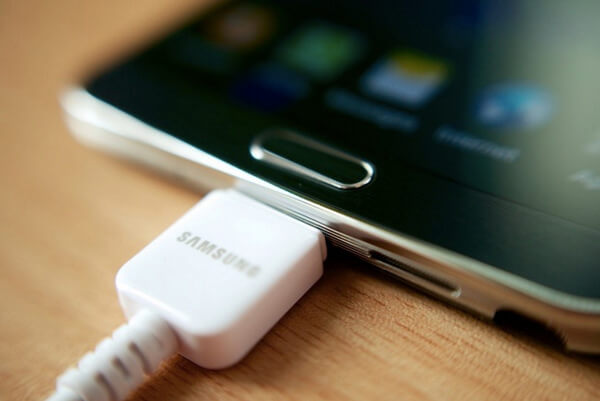
Standard Qi can work through pretty much any case on the market. Using a MagSafe charger also requires using a MagSafe-compatible case, and often includes ugly markings on the rear of the device. Although this is much slower than the above alternative methods, if you are just charging your iPhone at bedtime on a nightstand or similar, it’s probably fine and is otherwise the most convenient option. This is equivalent to about four-to-five hours charge time to reach 100%, depending on model. So, this also debunks claims that iPhones charge slower with Low Power Mode. Must mention that in both charging tests, the device was on Airplane mode. This might as well be attributed to other factors that have nothing to do with Low Power Mode. In contrast, using a basic Qi charger, the iPhone will charge at a maximum of 7.5 watts. In my test, iPhone 11 charged from 20 to 100 a minute faster on Low Power Mode. Using MagSafe, you can charge from zero to 50% in about 50 minutes, and attain 100% charge in about 2.5-3 hours. Typically, fast charging uses more power at the beginning of the charge, during a batterys constant current phase, before reducing power as the cell nears full.

Using MagSafe, you can achieve up to 15-watt charging speeds. The MagSafe puck magnetically snaps to the back of the iPhone 12 and iPhone 13, and that secure fit enables a faster charging speed than standard Qi. The fastest possible way to charge your phone is to put it into Airplane Mode and turn off the screen. If you are experiencing incorrect or inconsistent battery level, quick battery discharge, slow or erratic charging speeds, or sudden power off or rebooting, a. However, using the Apple MagSafe charger, you can get reasonably fast inductive charging performance. If you reduce power, it will charge faster. Wired charging always beats outs wireless for speed and efficiency.


 0 kommentar(er)
0 kommentar(er)
